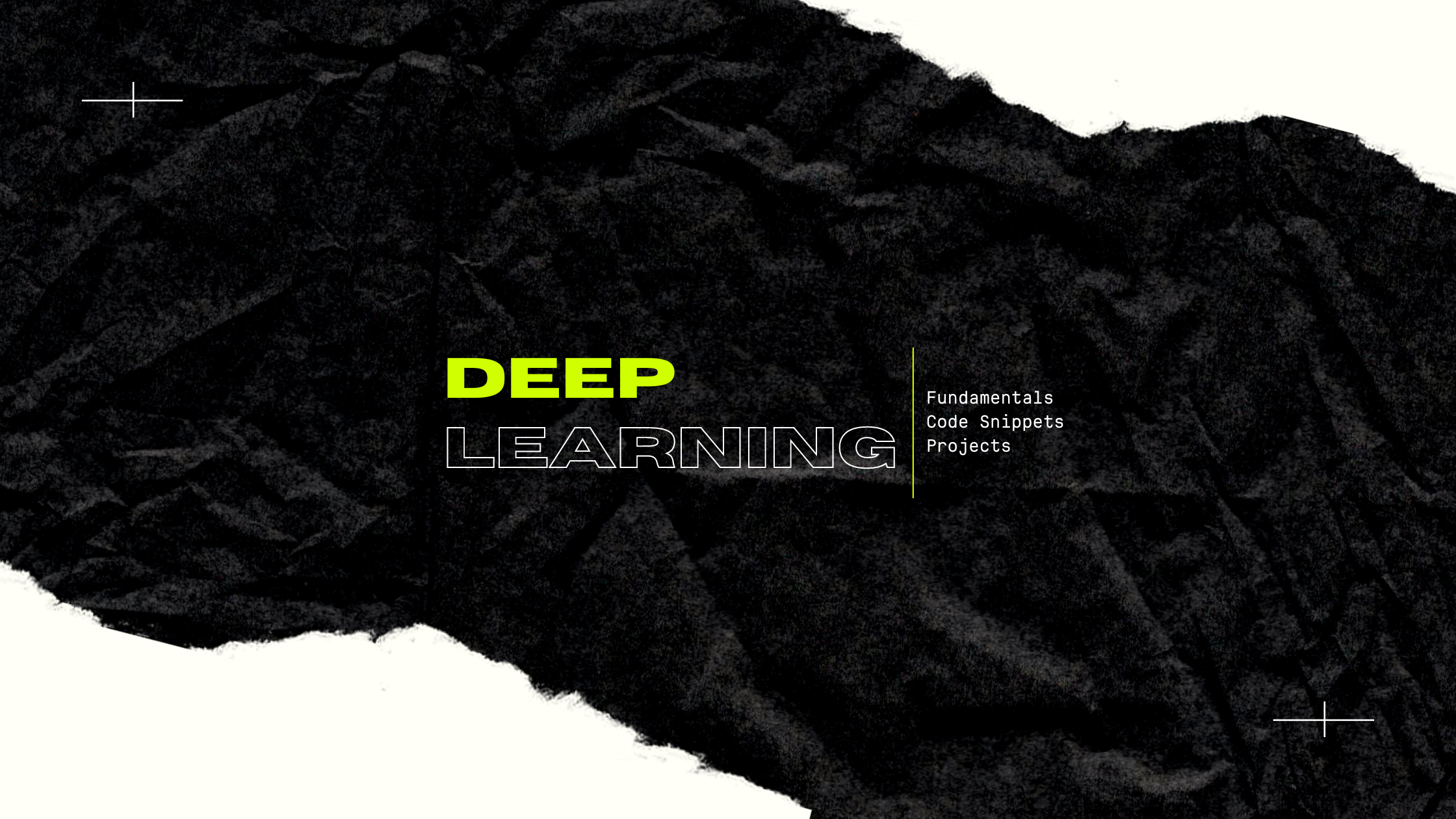Chapters
Neural Networks
Neural Networks: Adam
What is Adam Optimizer?
Let's explain how the Adam optimizer works to a 5-year-old.
Imagine you have a helpful robot named Adam. Adam's job is to help us solve puzzles and find the
best solutions.
When we have a really big puzzle, Adam wants to make sure we find the best solution as quickly
as possible. So, Adam uses a special strategy called the Adam optimizer.
Here's how it works:
- Adam starts by taking a look at the puzzle. It measures how well we're doing and how close we are to finding the best solution.
- Based on this information, Adam decides how big of steps we should take to find the solution. If we're really far from the best solution, Adam tells us to take big steps. If we're getting close, Adam suggests taking smaller steps.
- Adam also remembers how the steps we took previously worked out. If a step took us closer to the best solution, Adam thinks it was a good step and encourages us to take more steps like that. But if a step didn't get us closer, Adam tells us to try a different direction next time.
- As we keep trying different steps, Adam keeps track of which steps are good and which ones are not so good. Adam uses this information to guide us towards the best solution.
- Over time, with Adam's help, we get better and better at finding the best solution. Adam adjusts our steps based on how well we're doing, and we learn from our previous attempts to make smarter choices.
By using the Adam optimizer, Adam helps us find the best solution to the puzzle more quickly and efficiently. It guides us with the right step sizes and remembers which steps were good or bad, so we keep improving until we solve the puzzle.
Just like Adam helps us with puzzles, the Adam optimizer is a helpful tool for computers and algorithms. It helps them find the best solutions faster by adjusting the step sizes and remembering which steps worked well in the past.
How does Adam Optimizer works?
The Adam optimizer combines concepts from both momentum-based optimization and root mean square propagation (RMSprop). Here's a step-by-step explanation:
- Initialization: To start, we set some initial values for Adam's internal variables. These variables keep track of past gradients and steps taken during the optimization process.
- Gradient Calculation: During the training of a neural network, the gradients of the loss function with respect to the model's parameters are calculated using a method called backpropagation. These gradients indicate the direction and magnitude of the changes needed to minimize the loss.
- Moving Average of Gradients: Adam maintains a moving average of the past gradients. It calculates two exponential moving averages: one for the gradients themselves (called the first moment) and another for the squared gradients (called the second moment).
- Bias Correction: In the early stages of training, the moving averages may be biased towards zero since they are initialized as zero vectors. To counteract this bias, Adam performs a bias correction step. It adjusts the moving averages by dividing them by a correction term that depends on the number of iterations performed.
- Adaptive Learning Rate: Adam adapts the learning rate for each parameter in the neural network based on the first and second moment estimates calculated in steps 3 and 4.
- Parameter Updates: Finally, Adam updates the model's parameters using the adapted learning rates. It combines the information from the gradients, the moving averages, and the learning rates to determine the appropriate step size for each parameter. The updated parameters move the model closer to the optimal solution.
- Adaptive Learning Rate: Adam adjusts the learning rate individually for each parameter, taking into account the past gradients and their magnitudes. This helps avoid large updates that may overshoot the optimal solution.
- Momentum: Adam introduces momentum by utilizing the moving averages of the gradients. This helps smooth out fluctuations in the gradients and accelerates convergence, especially in scenarios where the gradients change rapidly.
- Bias Correction: The bias correction step ensures that the moving averages are unbiased estimates of the gradients, improving the initial accuracy of the optimization process.
What is the difference between Backpropagation & Adam?
Adaptive optimization algorithms, such as Adam (Adaptive Moment Estimation) or RMSprop (Root Mean Square Propagation), and backpropagation are both techniques used in training neural networks, but they serve different purposes and operate at different levels. Let's explore their differences:
- Backpropagation is specifically designed for updating the weights and biases of neurons in a neural network during the training process. It calculates the gradients of the loss function with respect to the network's parameters and adjusts them to minimize the error. Its primary goal is to optimize the learning process within the neural network.
- Adaptive optimization algorithms, on the other hand, focus on optimizing the optimization process itself. They determine how the network's parameters are updated during training. These algorithms adaptively adjust the learning rate or other hyperparameters to enhance the efficiency and speed of convergence during training.
Updating Mechanisms:
- Backpropagation uses the calculated gradients of the loss function with respect to the network's parameters to perform weight updates. It typically uses gradient descent-based methods, such as stochastic gradient descent (SGD), to adjust the weights and biases.
- Adaptive optimization algorithms introduce additional mechanisms to adaptively adjust the learning rate or other hyperparameters. These algorithms often incorporate techniques like momentum, adaptive learning rates, or running averages of gradients to improve convergence speed and stability during training.
